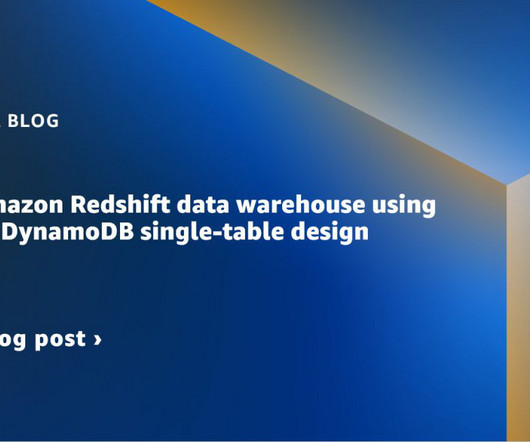What are decision support systems? Sifting data for better business decisions
CIO Business Intelligence
NOVEMBER 14, 2022
Data-driven DSS. These systems include file drawer and management reporting systems, executive information systems, and geographic information systems (GIS). They emphasize access to and manipulation of large databases of structured data, often a time-series of internal company data and sometimes external data.














Let's personalize your content